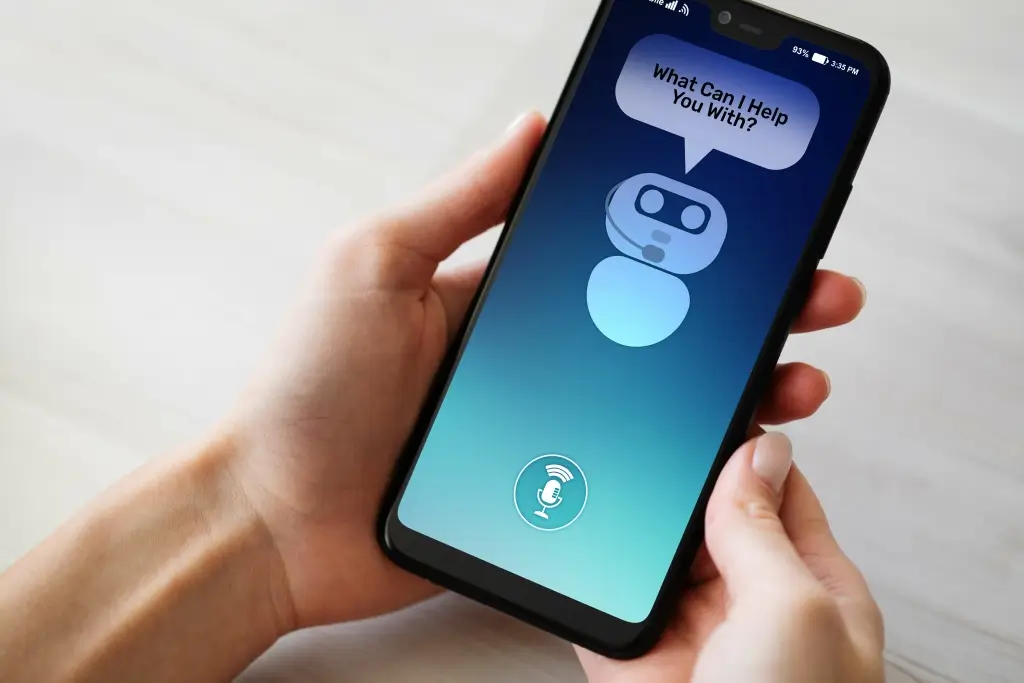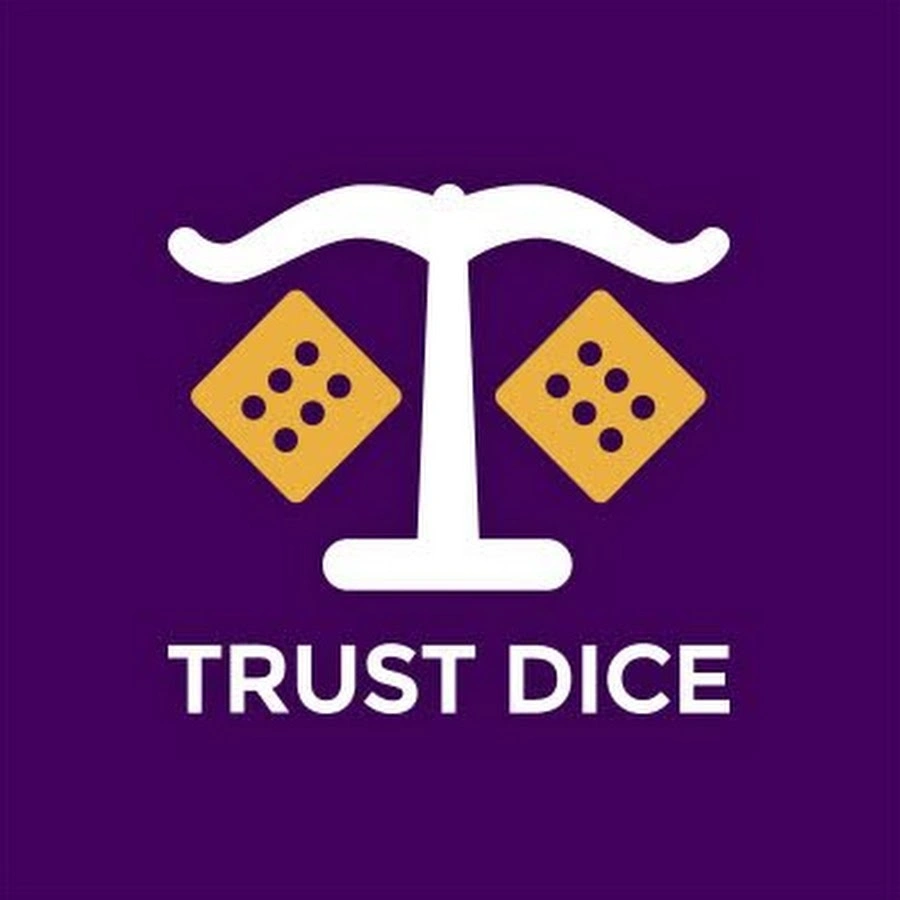Revolutionizing Healthcare: The Top 14 Uses Of ChatGPT In Medicine And Wellness
Last but not least, the 4th top use case for AI healthcare chatbots is medication reminders. These automated chatbot medical assistants can send you timely reminders for many things, including medication schedules, instructions for dosages, and potential interactions between drugs you’re taking. Another top use of chatbots in healthcare is in the sphere of appointment scheduling. This way, you don’t need to call your healthcare provider to get an appointment anymore.
Chatbots can also be integrated into user’s device calendars to send reminders and updates about medical appointments. Medical chatbots provide necessary information and chatbot use cases in healthcare remind patients to take medication on time. Medisafe empowers users to manage their drug journey — from intricate dosing schedules to monitoring multiple measurements.
Advantages of chatbots in healthcare
If you’re interested in learning about an alternative source of medical advice or simply want to learn about the top health chatbots that exist today, let us show you the way. Each of these use cases demonstrates the versatility and effectiveness of healthcare chatbots in enhancing patient care, streamlining operations, and improving overall healthcare delivery. Healthcare chatbots play a crucial role in initial symptom assessment and triage. They ask patients about their symptoms, analyze responses using AI algorithms, and suggest whether immediate medical attention is required or if home care is sufficient.
About 80% of customers delete an app purely because they don’t know how to use it. In fact, about 77% of shoppers see brands that ask for and accept feedback more favorably. One of the most common aspects of any website is the frequently asked questions section.
Instant access to medical knowledge
It proved the LLM’s effectiveness in precise diagnosis and appropriate treatment recommendations. 47.5% of the healthcare companies in the US already use AI in their processes, saving 5-10% of spending. Which method the healthbot employs to interact with the user in the conversation. As a result of patient self-diagnoses, physicians may have difficulty convincing patients of their potential preliminary misjudgement. This persuasion and negotiation may increase the workload of professionals and create new tensions between patients and physicians. With the use of empathetic, friendly, and positive language, a chatbot can help reshape a patient’s thoughts and emotions stemming from negative places.
It will require a fine balance between human empathy and machine intelligence to develop chatbot solutions that can address today’s healthcare challenges. The provision of behavior support is another promising area for chatbot use cases. Such use cases are more sophisticated and would require the use of sensor or geolocation data.
In addition, health chatbots have been deemed promising in terms of consulting patients in need of psychotherapy once COVID-19-related physical distancing measures have been lifted. Many experts have emphasised that chatbots are not sufficiently mature to be able to technically diagnose patient conditions or replace the judgements of health professionals. In this paper, we take a proactive approach and consider how the emergence of task-oriented chatbots as partially automated consulting systems can influence clinical practices and expert–client relationships.
Bombshell Stanford study finds ChatGPT and Google’s Bard answer medical questions with racist, debunked theories that harm Black patients – Fortune
Bombshell Stanford study finds ChatGPT and Google’s Bard answer medical questions with racist, debunked theories that harm Black patients.
Posted: Fri, 20 Oct 2023 07:00:00 GMT [source]
Further, in order to ensure the responsible and effective use of the novel and still-developing technology, ethical concerns and data privacy must be thoroughly addressed. Patients and healthcare professionals alike must be able to trust these intelligent systems to safeguard sensitive information and provide reliable insights. For this, regulators should establish a robust data security framework as well as ethical guidelines for the training and use of these systems.
DISADVANTAGES OF CHATBOTS IN HEALTHCARE
According to an MGMA Stat poll, about 49% of medical groups said that the rates of ‘no-shows‘ soared since 2021. No-show appointments result in a considerable loss of revenue and underutilize the physician’s time. The healthcare chatbot tackles this issue by closely monitoring the cancellation of appointments and reports it to the hospital staff immediately. A chatbot can offer a safe space to patients and interact in a positive, unbiased language in mental health cases. Mental health chatbots like Woebot, Wysa, and Youper are trained in Cognitive Behavioural Therapy (CBT), which helps to treat problems by transforming the way patients think and behave.
- Just like with any technology, platform, or system, chatbots need to be kept up to date.
- For example, ChatGPT 4 and ChatGPT 3.5 LLMs are deployed on cloud servers that are located in the US.
- Join Master of Code on this journey to discover the boundless potential of chatbots and how they are reshaping the way we interact with technology and information.
- Over the past few years, artificial intelligence (AI) has made significant advancements in the healthcare industry.
Their versatility and 24/7 availability make chatbots valuable tools for automating tasks, enhancing user experiences, and increasing operational efficiency. Today, chatbots have emerged as powerful AI-driven tools with diverse applications across various industries. With their ability to interact and engage with users through conversational interfaces, chatbots are revolutionizing the way businesses and organizations connect with their audiences. From streamlining customer support to optimizing sales processes, chatbots have become vital assets in delivering efficient and personalized services. In this exploration of chatbot use cases, we will uncover the main aims of chatbots, what you can expect from them, and the remarkable impact they have on raising user experiences and achieving tangible results for businesses. Whether it’s providing real-time assistance, automating repetitive tasks, or offering personalized recommendations, chatbots continue to redefine the future of customer engagement and service delivery.
Bots will take all the necessary details from your client, process the return request, and answer any questions related to your company’s ecommerce return policy. While many organizations in the healthcare domain are bullish on the potential of conversational AI, its widespread adoption still remains hurdled by multiple challenges. Serving as the lead content strategist, Snigdha helps the customer service teams to leverage the right technology along with AI to deliver exceptional and memorable customer experiences.
Additionally, it alerts them if there’s a potential unhealthy interaction between two medications. These AI-powered virtual assistants offer a diverse range of chatbot use cases that optimize customer interactions, boost sales, and streamline operations. From providing product recommendations to handling customer inquiries and facilitating smooth checkout processes, eCommerce chatbots play an important role in enhancing the shopping experience and driving success for online businesses. The telecom company collaborated with Master of Code to enhance their internal Digital AI team’s virtual assistant. This partnership involved strategic roadmapping, prioritizing use cases, conversation design services, bot tuning, and Conversational AI consulting. By implementing our conversation design process, we regularly analyzed data and reviewed conversations to address user concerns and improve existing interactions.
Service-provided classification is dependent on sentimental proximity to the user and the amount of intimate interaction dependent on the task performed. This can be further divided into interpersonal for providing services to transmit information, intrapersonal for companionship or personal support to humans, and interagent to communicate with other chatbots [14]. The next classification is based on goals with the aim of achievement, subdivided into informative, conversational, and task based. Response generation chatbots, further classified as rule based, retrieval based, and generative, account for the process of analyzing inputs and generating responses [16]. Finally, human-aided classification incorporates human computation, which provides more flexibility and robustness but lacks the speed to accommodate more requests [17].
- The effectiveness of these apps cannot be concluded, as a more rigorous analysis of the development, evaluation, and implementation is required.
- You can use bots to answer potential customers’ questions, give promotional codes to them, and show off your “free shipping” offer.
- The bot will then fetch the data from the system, thus making operations information available at a staff member’s fingertips.
- It can provide answers to questions and links to resources for further information.
- We were able to assess the type of information provided for 37 of the 42 information dissemination chatbots (see Table 2 in Appendix 1).
While clinicians can enhance patient care through unified hospital communication and centralized storage of patient data. A medical facility’s desktop or mobile app can contain a simple bot to help collect personal data and/or symptoms from patients. By automating the transfer of data into EMRs (electronic medical records), a hospital will save resources otherwise spent on manual entry. An important thing to remember here is to follow HIPAA compliance protocols for protected health information (PHI). Let’s take a moment to look at the areas of healthcare where custom medical chatbots have proved their worth. These health chatbots are better capable of addressing the patient’s concerns since they can answer specific questions.
Apps were assessed using an evaluation framework addressing chatbot characteristics and natural language processing features. Most healthbots are patient-facing, available on a mobile interface and provide a range of functions including health education and counselling support, assessment of symptoms, and assistance with tasks such as scheduling. Most of the 78 apps reviewed focus on primary care and mental health, only 6 (7.59%) had a theoretical underpinning, and 10 (12.35%) complied with health information privacy regulations.
Therefore, our analysis of design characteristics has an overrepresentation of publicly accessible chatbots. This does not influence our use cases since chatbot objectives were described in the articles. We excluded 9 cases from our sample since our analysis revealed that they were not chatbots. We identified 3 new chatbots that focused on vaccination, bringing our final sample to 61 chatbots and resulting in 1 additional use-case category and 1 new use case.

She works on knowledge graphs and cognitive computing in question answering and chatbot technologies. You visit the doctor, the doctor asks you questions about what you’re feeling to reach a probable diagnosis. Based on these diagnoses, they ask you to get some tests done and prescribe medicine.







